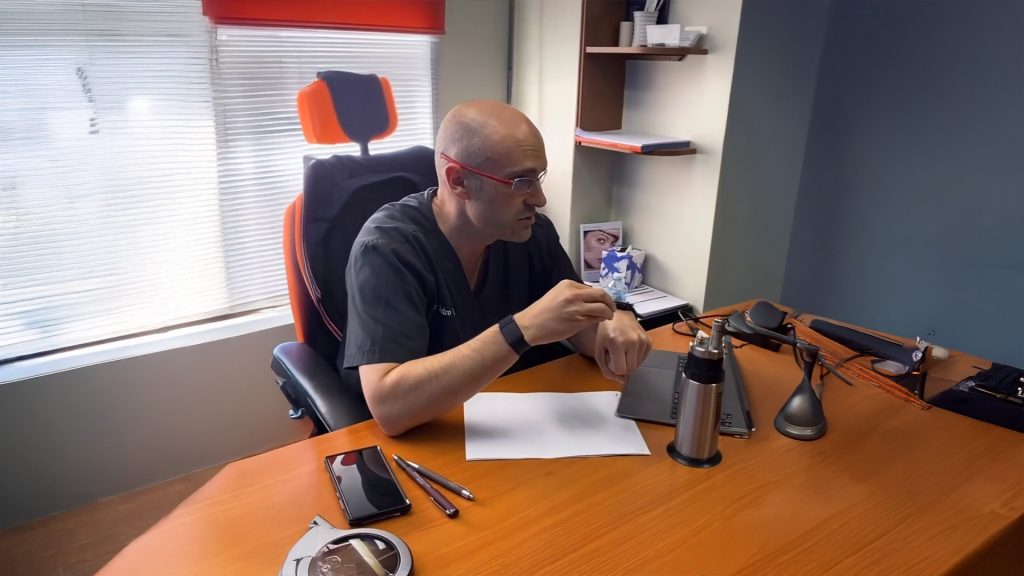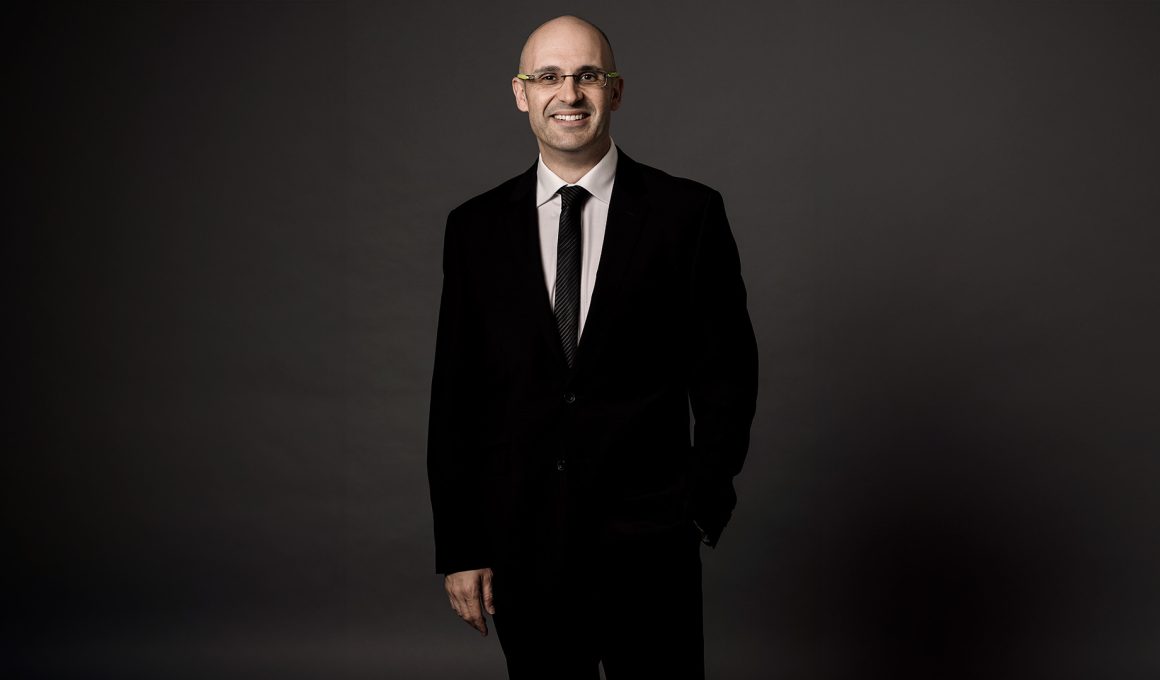The numbers are stark – two in three Australians will face skin cancer by age 70. At The Skin Wellness Hub, Dr. Pedro Valente sees this reality play out daily. Just last week, he diagnosed six melanomas, four of them in an often-overlooked spot: behind the ear. “If you’re cursed like me and you don’t have any hair,” Dr. Pedro says with a touch of humor, “then it’s one of those things that just puts so much UV exposure to the back of the ears.” It’s a simple observation that highlights a serious issue – our everyday habits, like wearing caps and glasses, can create unexpected sun traps.

Moving Beyond the Basics of Detection
Remember those basic skin checks where doctors peer at concerning spots with a small magnifying glass? That’s changing fast. “The old-fashioned way of utilizing dermatoscopes – essentially little light sources with polarized light – is being enhanced by AI,” Dr. Pedro explains. This shift matters because it means fewer unnecessary procedures. As Dr. Pedro puts it plainly, “Patients don’t want to have scars. Patients don’t want to go through the pain of having a procedure.” The new technology helps doctors avoid the old approach of “when in doubt, cut it out.”
Creating a Skin GPS
One of the coolest new tools in Dr. Pedro’s arsenal is what he calls a “GPS for the patient’s body.” This mole mapping technology takes detailed photos from various angles, creating a comprehensive map of every spot and freckle. “When you’ve got lots of moles,” he explains, “this creates a field of where everything is.” It’s like having a before-and-after picture of your entire body. “You can go back and notice changes – like if you had six moles last time and now you have seven, or if the sixth one has changed or gotten bigger.”
Some promising new tech is coming from the States – a simple stick-on test that might change how we detect skin cancer. “It’s kind of a piece of cellophane tape that you put on the lesion,” Dr. Pedro describes. While he’s cautiously optimistic, he’s waiting for more evidence before fully embracing it. Even sunscreen has gotten a high-tech makeover. “We’re now utilizing far more cellular DNA type of chemical structures,” Dr. Pedro notes. But it’s not one-size-fits-all – some people do better with chemical sunscreens, while others need mineral-based options, especially those with sensitive skin.
Who Needs Extra Checking?
Not everyone needs the full GPS treatment for their skin. Dr. Pedro says they reserve the comprehensive mole mapping for specific cases: people with a family history of melanomas, those who’ve had melanomas before, or folks with lots of moles and freckles.
For Dr. Pedro and The Skin Wellness Hub, fighting skin cancer isn’t just about having the latest gadgets. It’s about using these tools smartly, combined with good old-fashioned medical judgment, to catch problems early and keep people healthy.
As Australia continues to face some of the world’s highest skin cancer rates, this blend of high-tech tools and careful monitoring offers hope. And while the technology keeps advancing, Dr. Pedro’s message stays simple: keep an eye on your skin, protect yourself from the sun, and don’t forget about those easily missed spots – like behind your ears.
To learn more about Dr. Pedro Valente and The Skin Wellness Hub, check out his LinkedIn profile.


